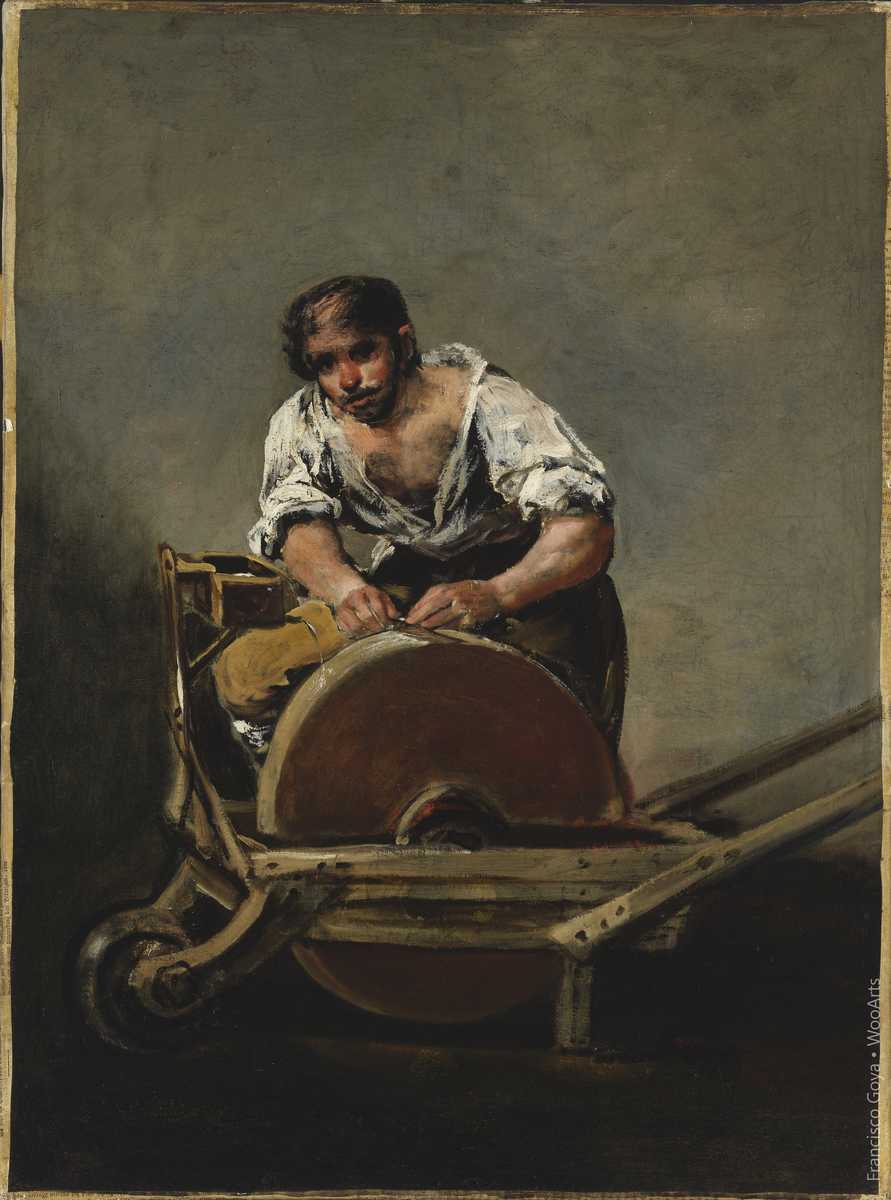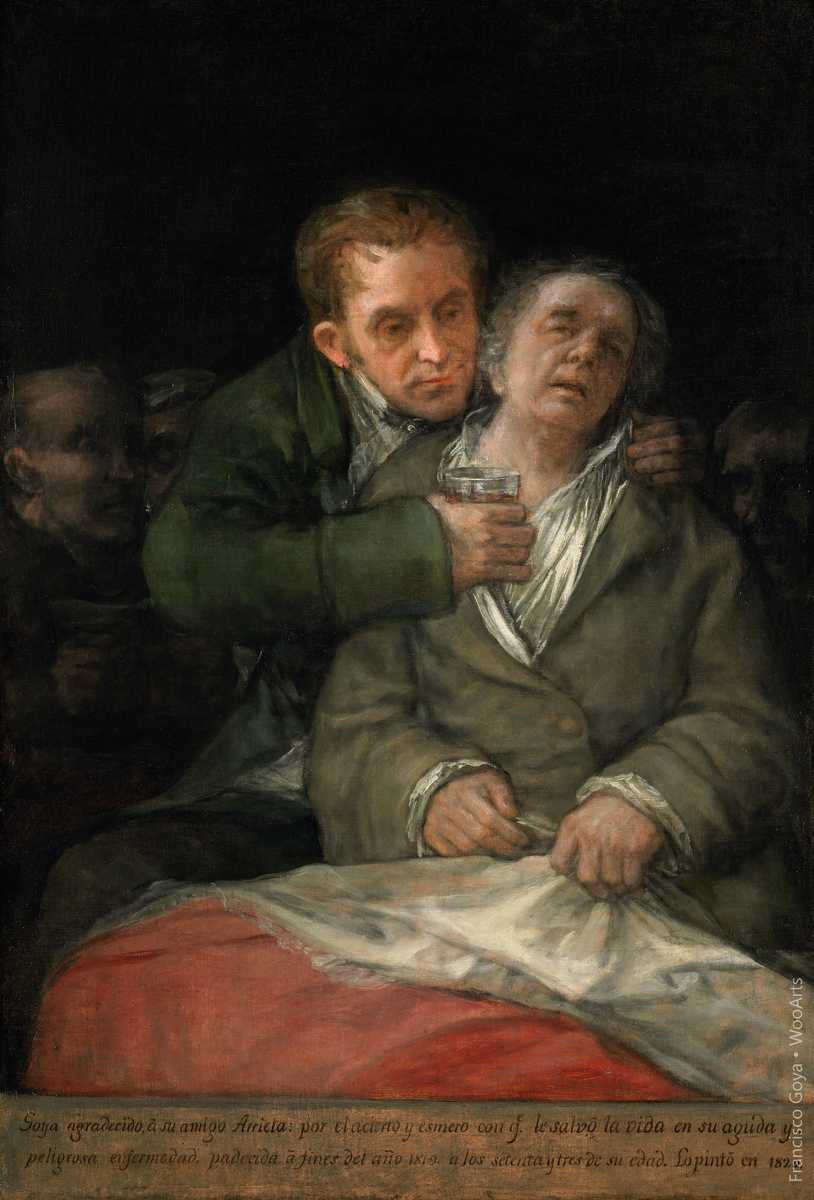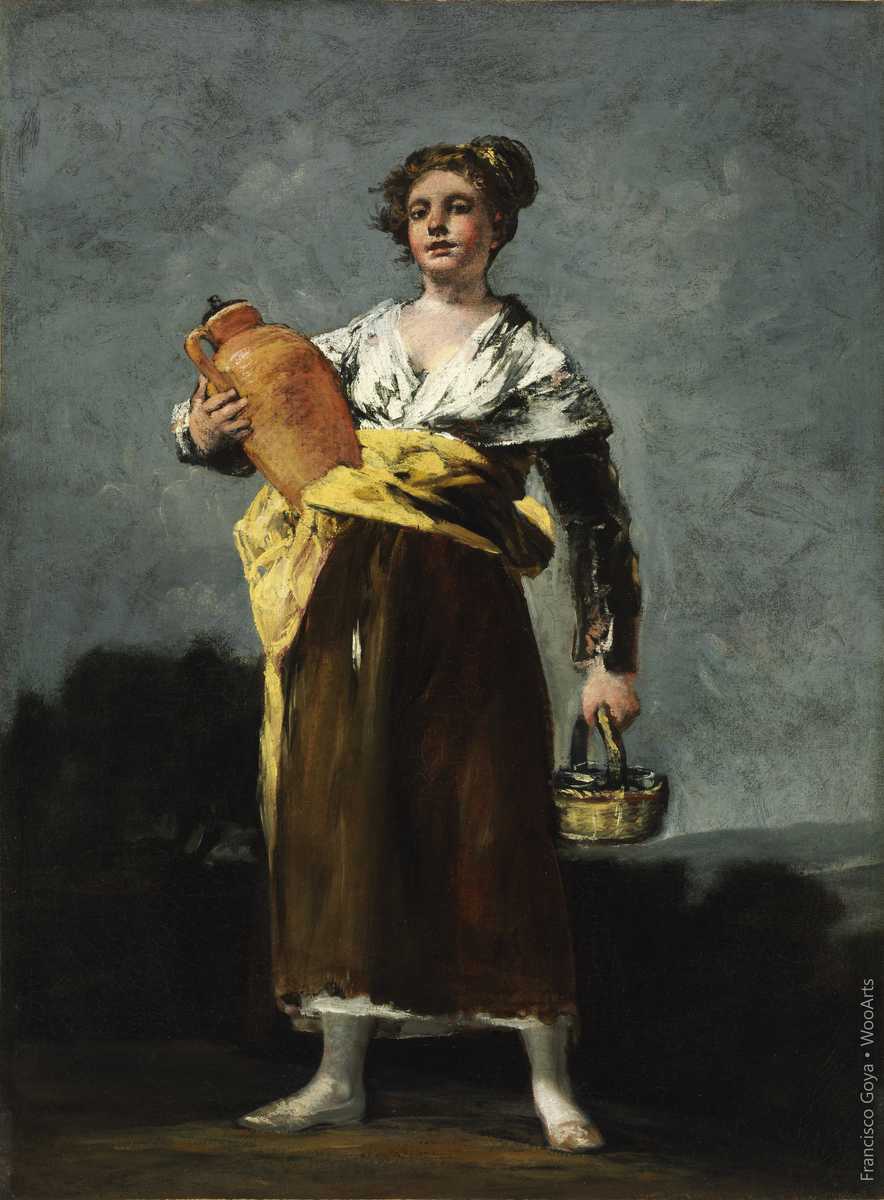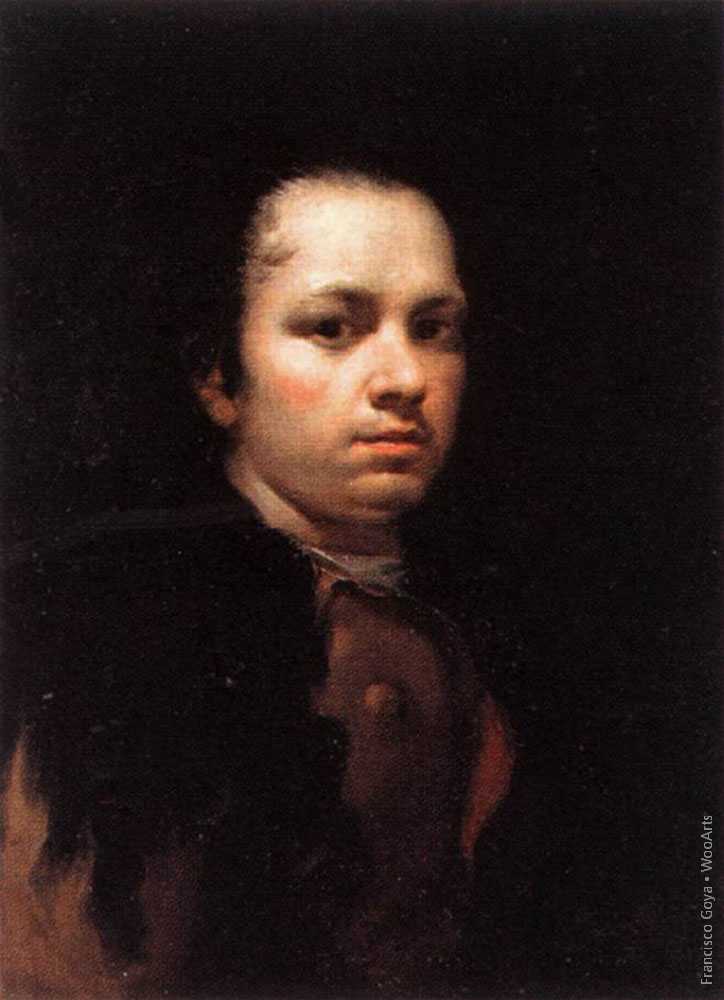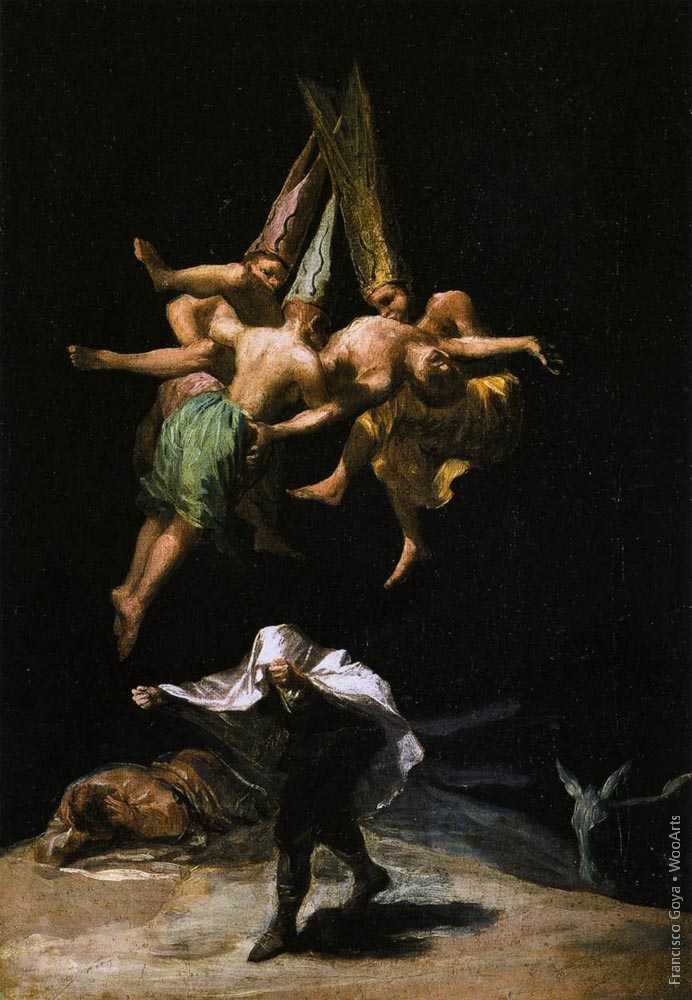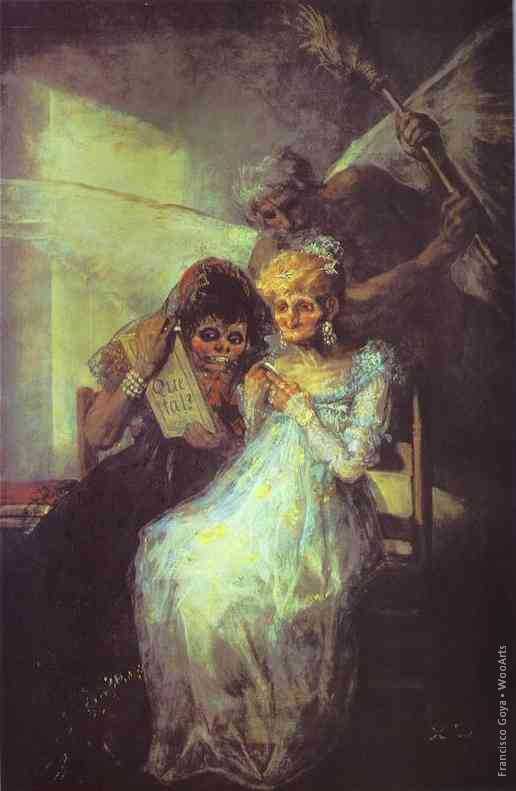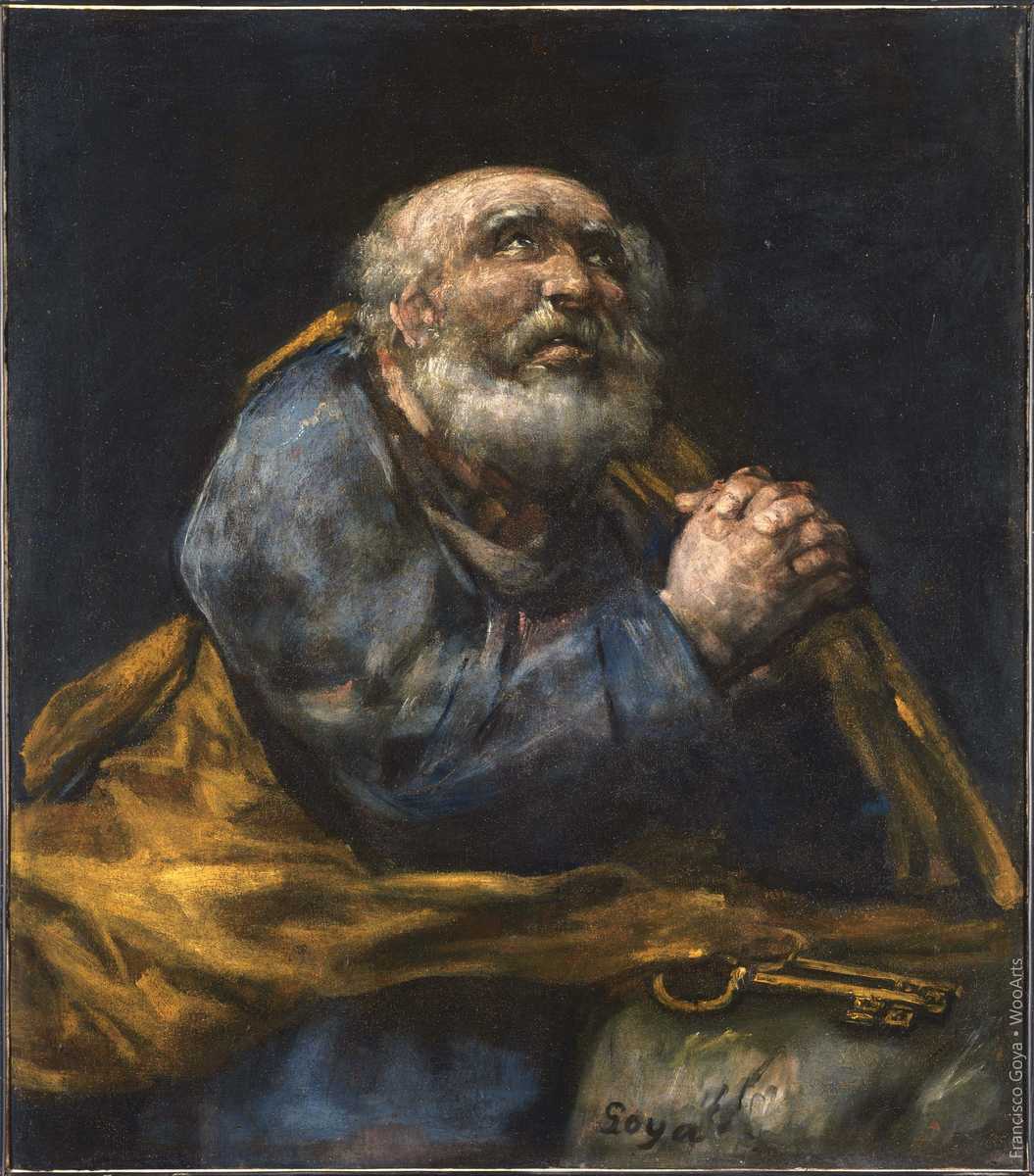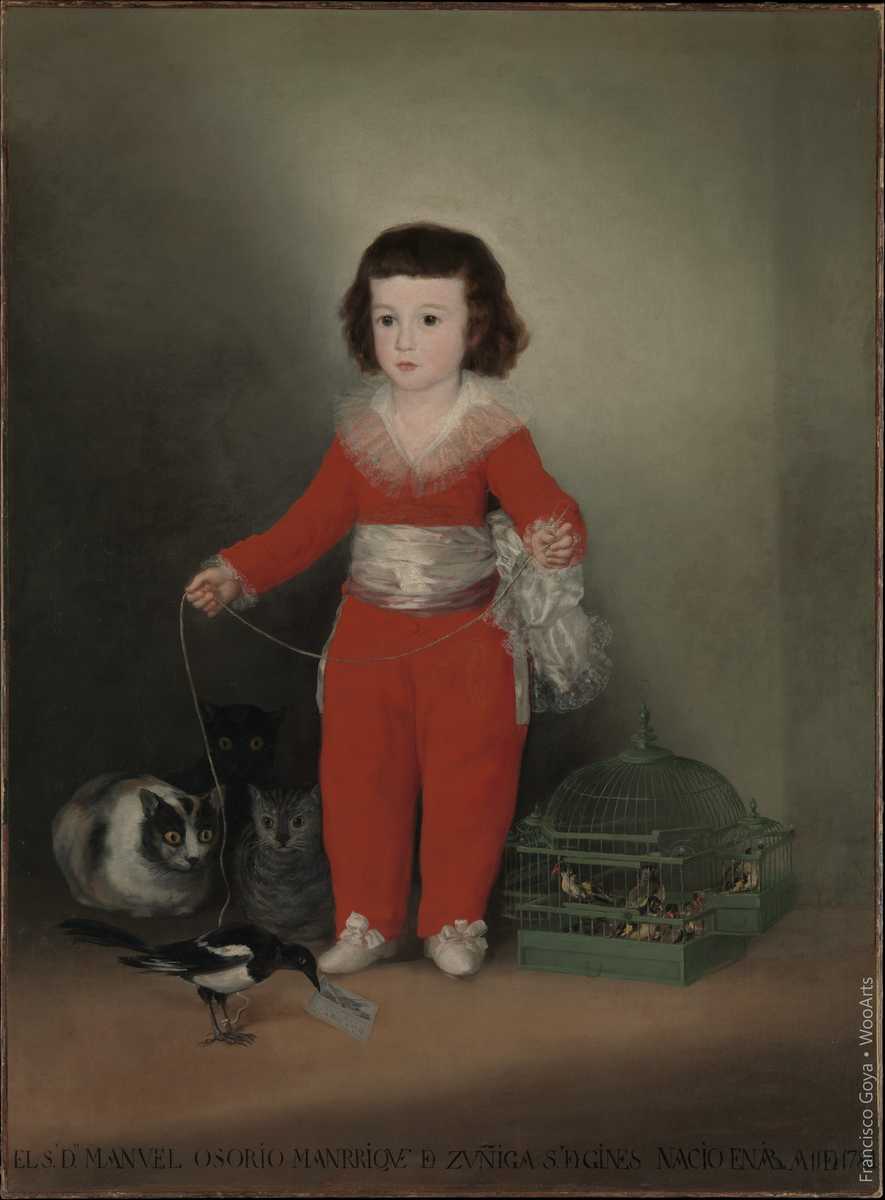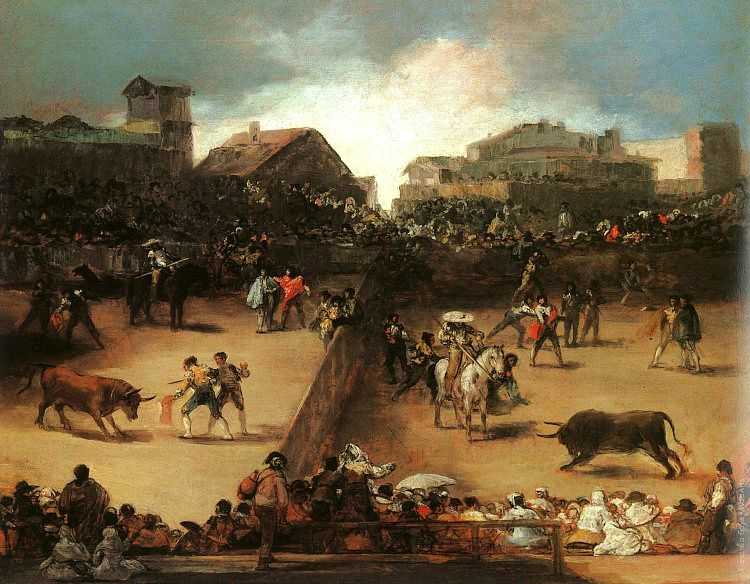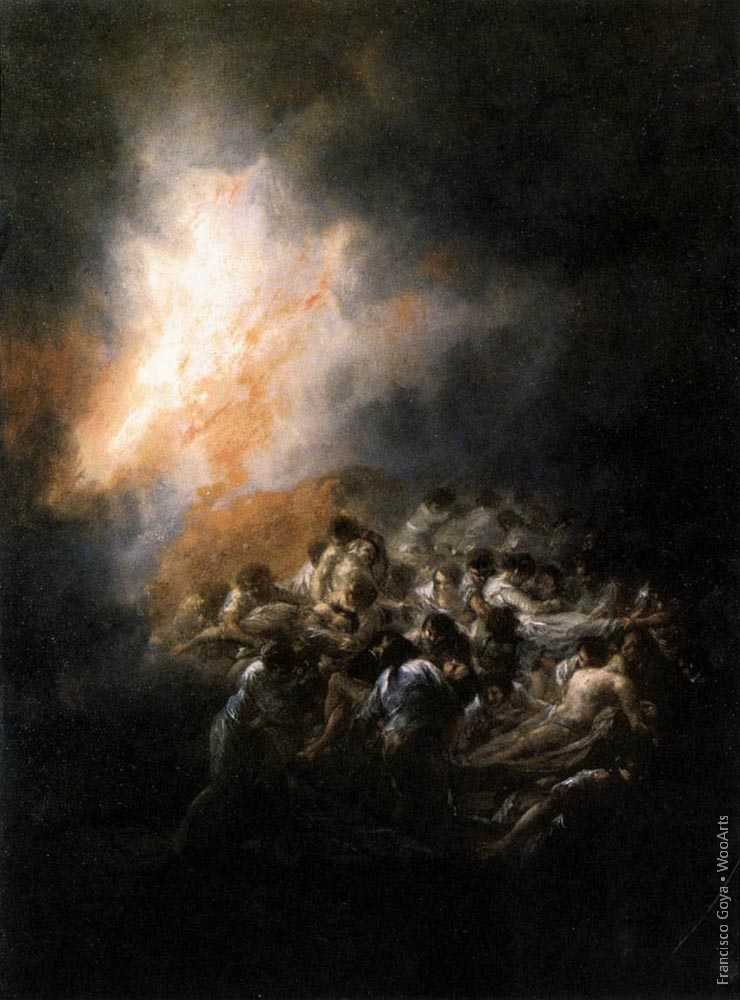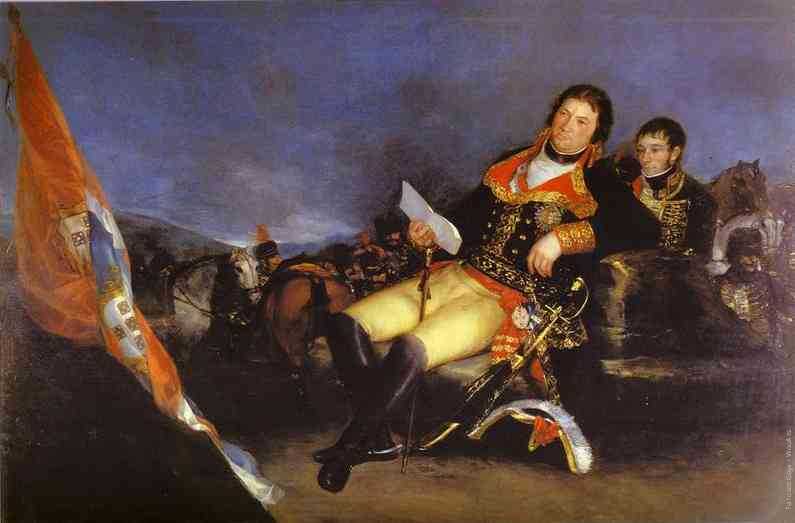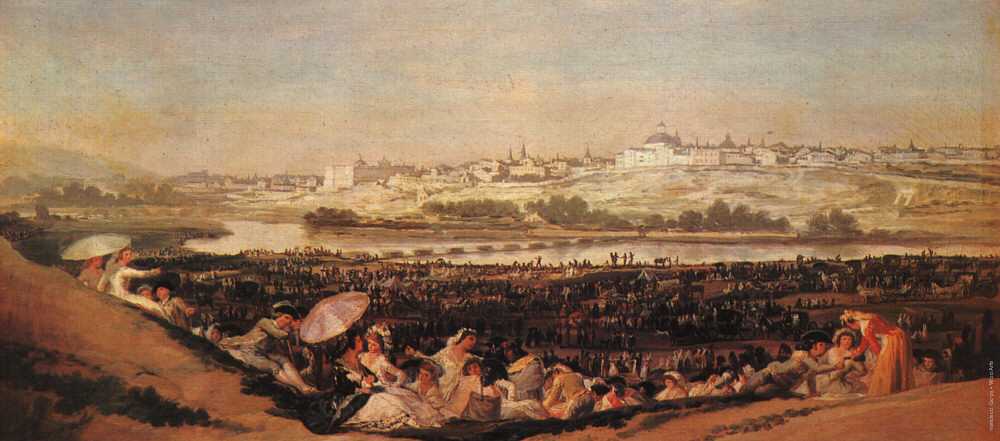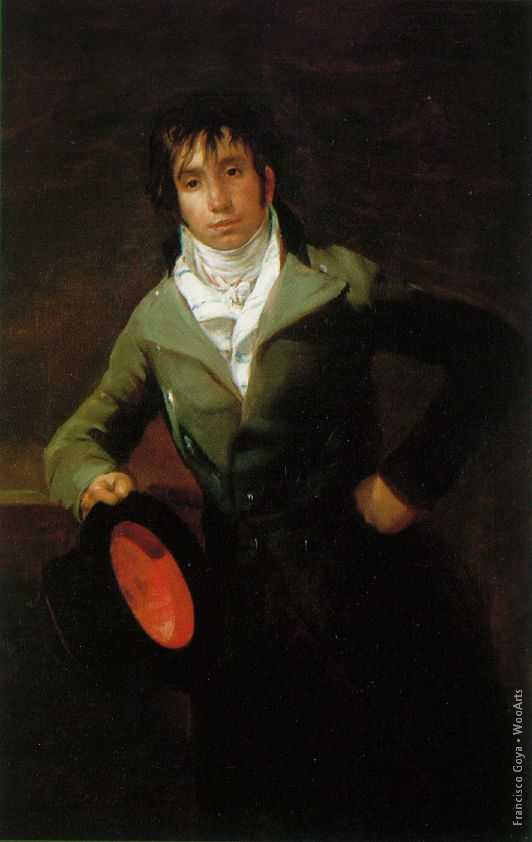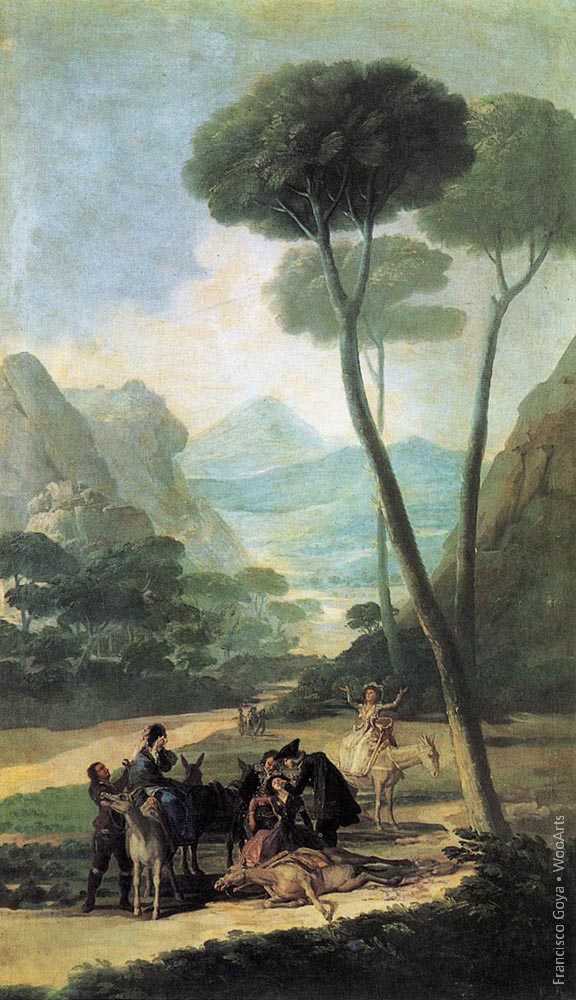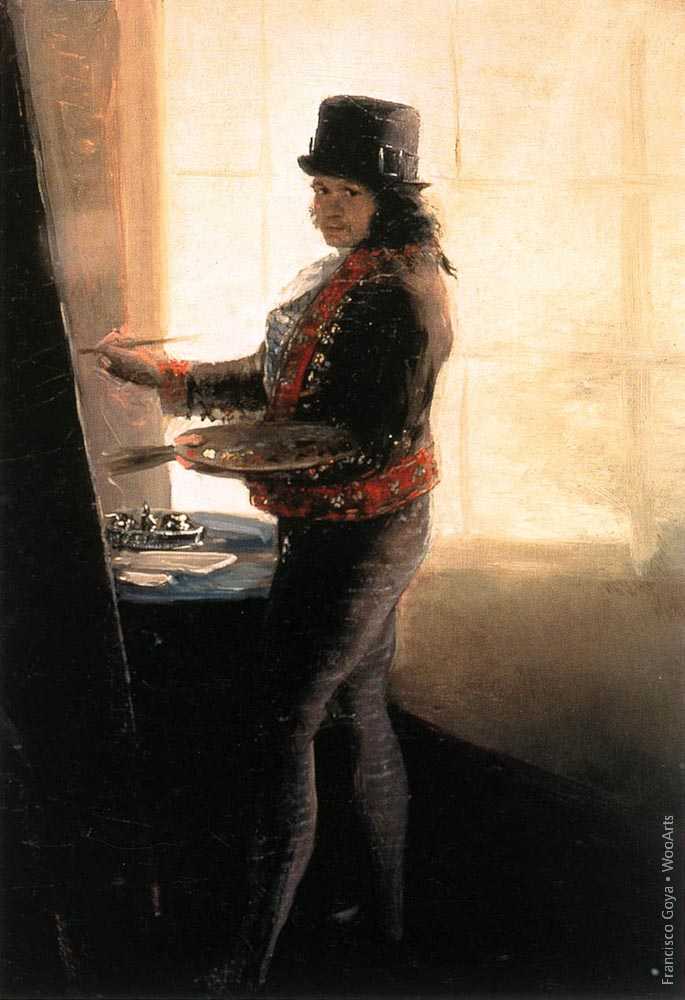Francisco Goya: A Glimpse into History and Painting Style
Historical Context: Francisco Goya (1746-1828) was a Spanish painter whose career spanned a significant period in European history. He lived through the end of the Enlightenment, the tumultuous years of the French Revolution, and the subsequent rise of Napoleon Bonaparte. Goya’s life and work were profoundly influenced by the political and social upheavals of his time.
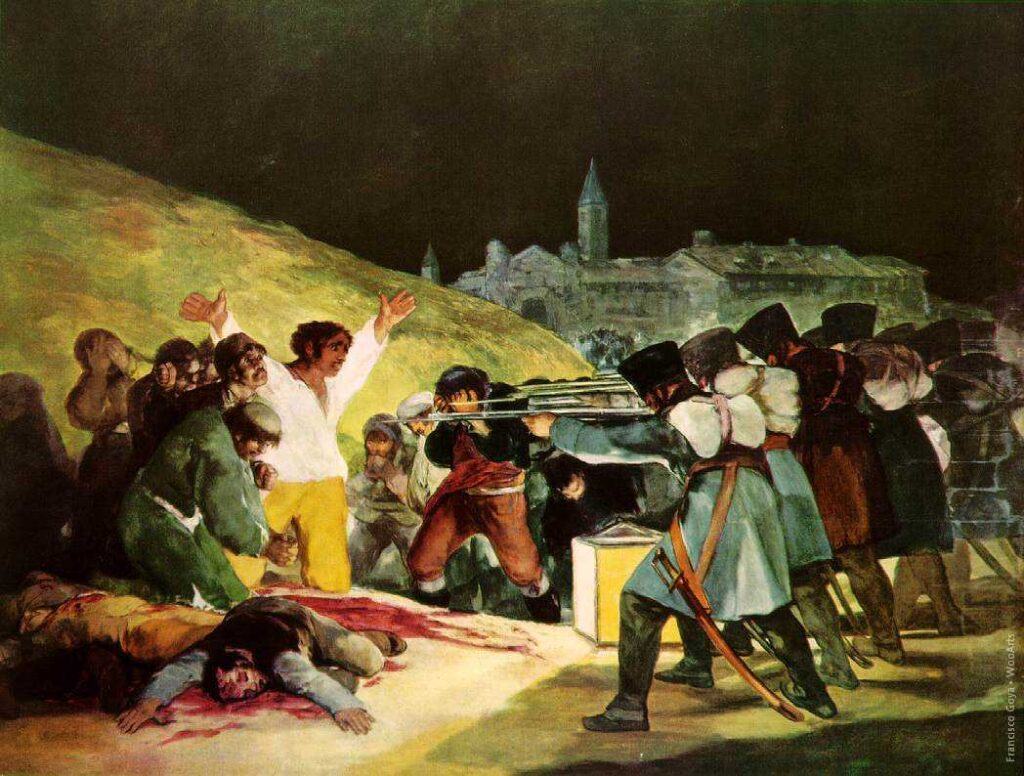
Early Career and Rococo Style: Goya began his career as a painter in the Rococo style, which was characterized by ornate, decorative art. His early works included portraits of Spanish nobility, and he achieved recognition as a court painter. However, his artistic style would undergo a profound transformation in response to the changing world around him.
Transitional Period: Goya’s transition from Rococo to a more distinct style is exemplified by his “Tapestry Cartoons,” a series of paintings created for the Spanish royal family. These works showcased his shift towards a more naturalistic and emotionally charged style, marking the beginning of his departure from traditional artistic conventions.
The Darker Themes of the Black Paintings: Perhaps the most famous phase of Goya’s career is marked by his “Black Paintings.” Painted on the walls of his house, these works depict dark and often disturbing scenes. They include “Saturn Devouring His Son” and “Witches’ Sabbath,” which reflect Goya’s growing disillusionment with society and his inner turmoil. These paintings are often associated with the Romantic movement due to their emotional intensity and exploration of the macabre.
The Influence of War and Social Unrest: The Peninsular War (1808-1814), during which Spain was invaded by Napoleon’s forces, had a profound impact on Goya. He created the famous “The Third of May 1808” in response to the brutal execution of Spanish civilians by French soldiers. This painting, characterized by its stark contrast between light and dark, is a powerful anti-war statement.

Pioneering Romanticism: Goya’s later works, often associated with Romanticism, reflect his exploration of human emotions and the irrational aspects of life. He embraced a more subjective and emotionally charged style, influencing subsequent Romantic painters such as Eugène Delacroix and Théodore Géricault.
Legacy and School of Goya: Francisco Goya’s influence extended beyond his own works. He inspired a group of artists known as the “School of Goya,” including painters like Vicente López Portaña and Eugenio Lucas Velázquez. These artists adopted elements of Goya’s style and carried forward his exploration of human emotion and social commentary.
Conclusion: Francisco Goya’s journey as an artist mirrored the tumultuous period of European history he lived through. His transition from Rococo to a more emotionally charged, naturalistic style captured the essence of his time. His works remain not only as a testament to his artistic genius but also as a reflection of the complex and often dark facets of human existence and society.





